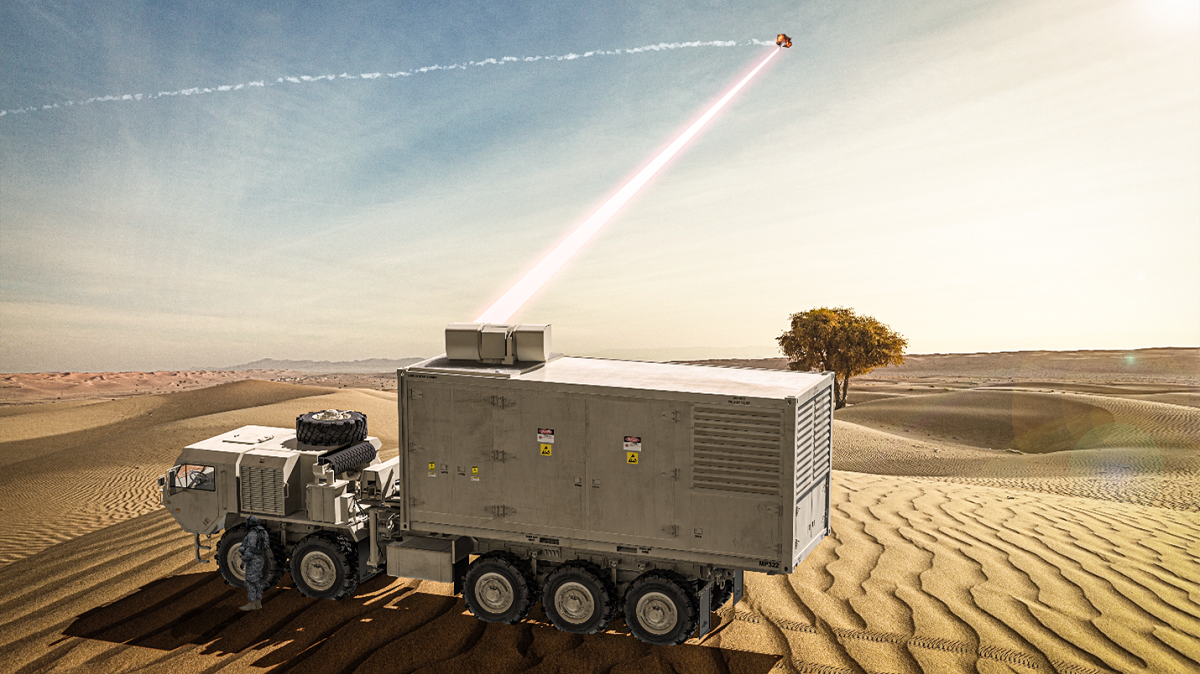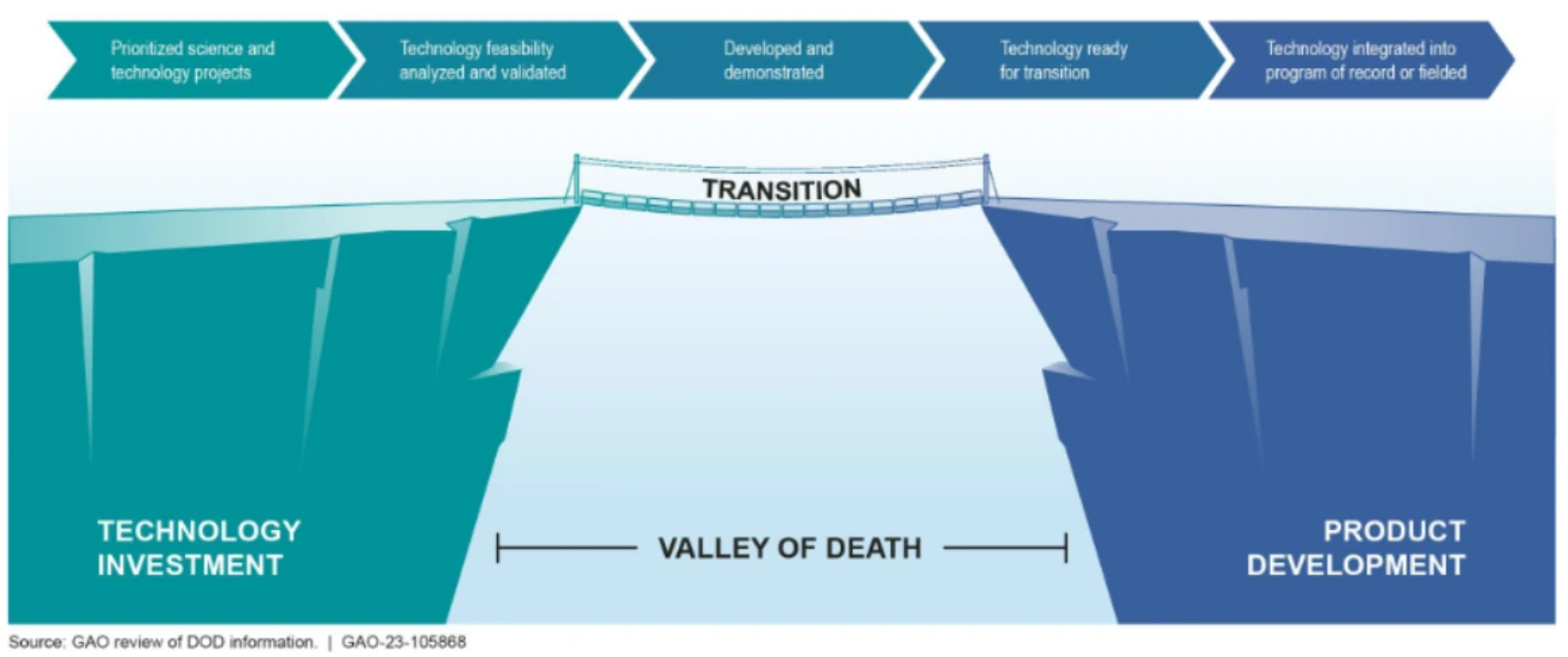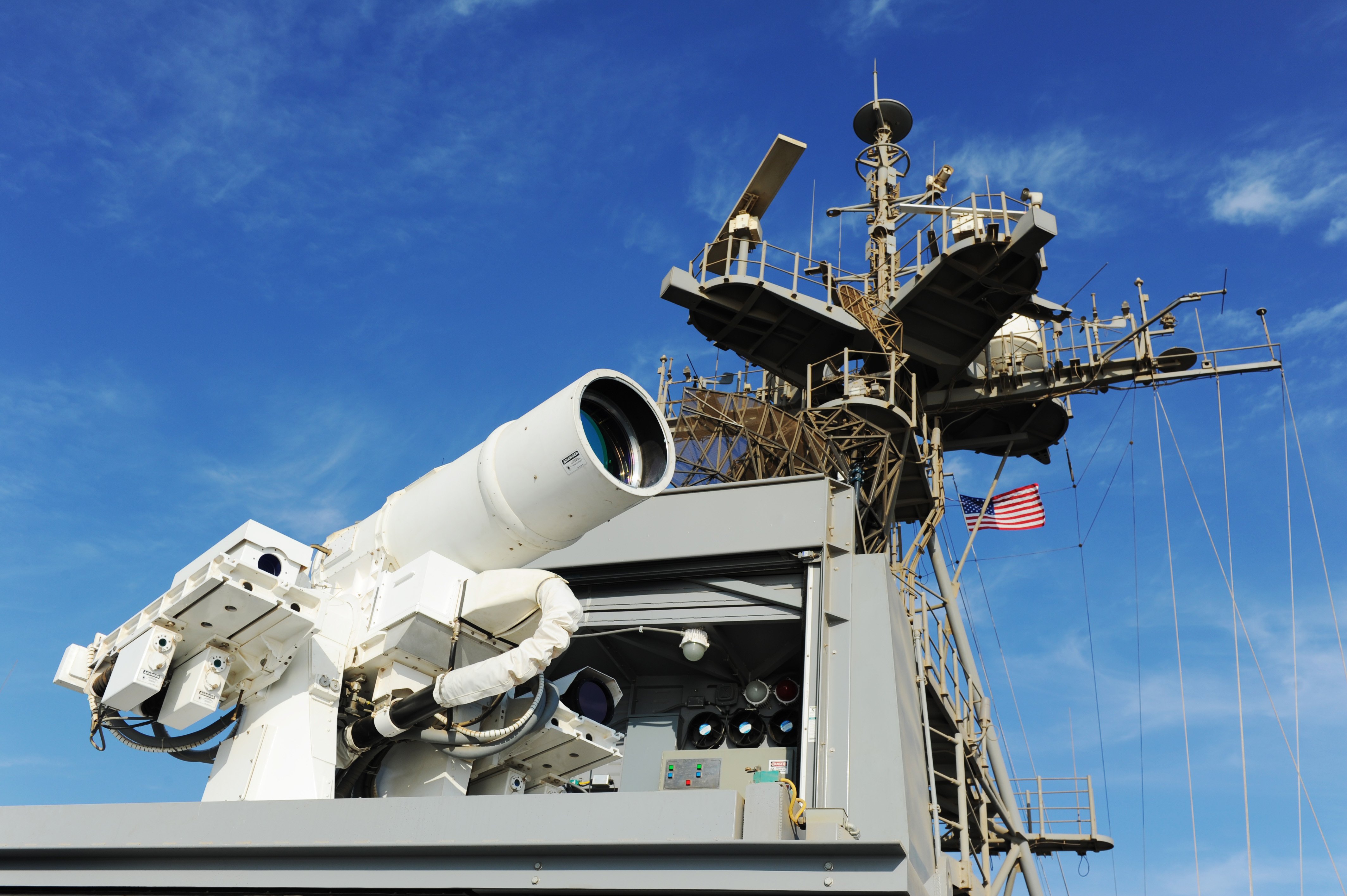Pentagon spends $1 billion a year developing laser weapons, but is still a long way off

The US Department of Defence invests $1bn annually in the development of microwave and laser weapons. However, US authorities fear that the funding will not yield the desired results.
Here's What We Know
According to the Government Accountability Office, the US military is facing problems developing targeted weapons. The federal agency says they need to consolidate their efforts to prevent the development from falling into the so-called "valley of death" when investments are made and results are not yet delivered.

The U.S. Air Force, Navy and Army are working on different types of directed-action weapons. The best known projects are High Energy Lasers (HEL) and High Power Microwaves (HPM). The former is capable of destroying missiles and drones with a laser, while the latter can shoot down multiple drones simultaneously.
The HEL and HPM are expected to have unlimited inventory and be less expensive to operate than conventional weapons. For example, an interceptor to destroy a nuclear-tipped intercontinental ballistic missile costs $111 million.

Each development has its own disadvantages. HELs and HPMs are difficult to use for long periods of time. As for the laser weapons, their accuracy drops drastically in fog. As for the HPM, because of its novelty, the military has not yet developed plans for handling it. It is possible that the microwave weapons will indiscriminately hit enemy targets as well as civilian objects or allied forces in combat. In addition, no one is certain of the long-term effects of microwaves on humans.

In conclusion, the world's militaries have been working on directed energy weapons in one form or another for decades. Today's U.S. programs have their roots in Ronald Raegan's Strategic Defense Initiative. The plan of the 40th US president was called Star Wars and involved the deployment of energy weapons on satellites. As we can see, it failed.
But it is not quite clear why there should be weapons in space, if their destruction would lead to a large amount of debris, which could harm both "their" and "alien" spacecraft. All the more so, every country that can afford to work on such a project has intercontinental ballistic missiles that can reach anywhere in the world.